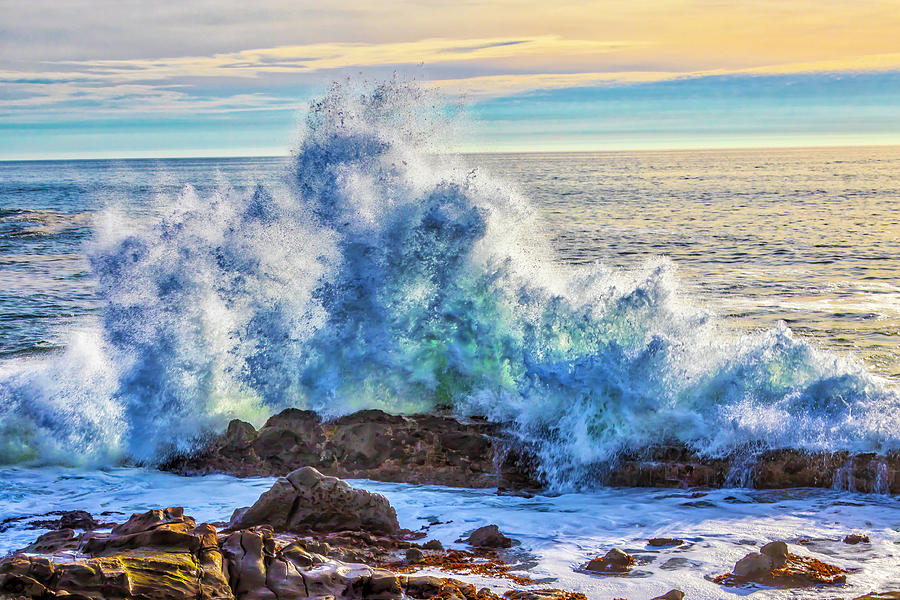



Shock wave lithotripsy in patients requiring anticoagulation or antiplatelet agents. You can learn more about how we ensure our content is accurate and current by reading our editorial policy. Healthline has strict sourcing guidelines and relies on peer-reviewed studies, academic research institutions, and medical associations. This will help your kidneys flush out any remaining stone fragments. It’s also a good idea to drink plenty of water for several weeks after lithotripsy. Plan to spend one to two days resting at home after the procedure. In some cases, you may be hospitalized overnight. The waves will break the stones into very small pieces that can easily be passed through your urinary system.Īfter the procedure, you’ll spend about two hours in recovery before being sent home. You’re then given medicine to sedate you and antibiotics to fight infection.ĭuring lithotripsy, high-energy shock waves will pass through your body until they reach the kidney stones. This is where you remain while the procedure is performed. This means that you’ll go to the hospital or clinic on the day of the procedure and leave the same day.īefore the procedure, you change into a hospital gown and lie on an exam table on top of a soft, water-filled cushion. Lithotripsy is usually done on an outpatient basis. General anesthesia may make you drowsy after lithotripsy, so you shouldn’t drive until the effects have fully worn off. If you’re having ESWL under general anesthesia, plan for a friend or family member to drive you home after the procedure. If you’re going to be under general anesthesia, your doctor may tell you not to drink or eat anything for at least six hours before the procedure. However, most people have the procedure under general anesthesia, which puts them to sleep during the procedure. Some people have lithotripsy under local anesthesia, which numbs the area to prevent pain. However, don’t stop taking drugs you’ve been prescribed unless your doctor tells you to. Your doctor will probably ask you to stop taking these medications well before the procedure. Certain drugs, such as aspirin (Bufferin), ibuprofen (Advil), and warfarin (Coumadin) or other blood thinners, can interfere with your blood’s ability to clot properly. It’s important to tell your doctor about any prescription drugs, over-the-counter medications, or supplements you take. You’ll likely be given some form of anesthesia (local, regional, or general) so you don’t experience any pain.Īfter the procedure, stone debris is removed from your kidneys or ureter, the tube leading from your kidney to your bladder, through urination. Lithotripsy takes about 45 minutes to an hour to perform. Noninvasive procedures are generally safer and easier to recover from than invasive procedures. ESWL is a noninvasive procedure, which means it doesn’t require surgery. It quickly replaced surgery as the treatment of choice for larger kidney stones. The waves travel into your body and break apart the stones.ĮSWL has been around since the early 1980s. During ESWL, a special machine called a lithotripter generates the shock waves. The most common form of lithotripsy is extracorporeal shock wave lithotripsy (ESWL).Įxtracorporeal means “outside the body.” In this case, it refers to the source of the shock waves. These sound waves are also called high-energy shock waves. Lithotripsy uses sound waves to break up large kidney stones into smaller pieces.


 0 kommentar(er)
0 kommentar(er)
